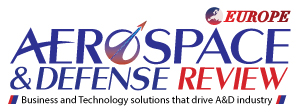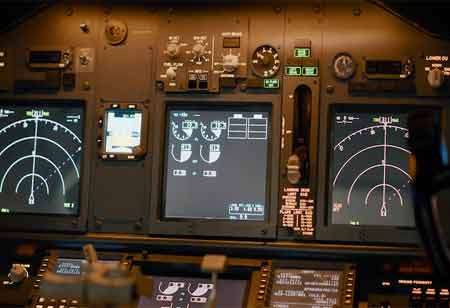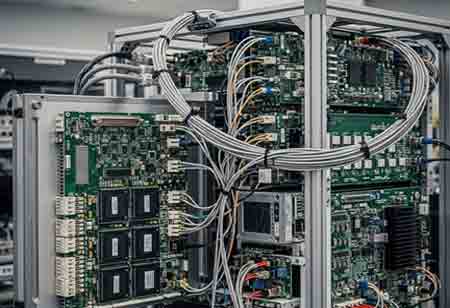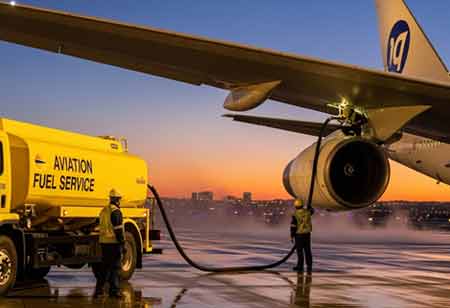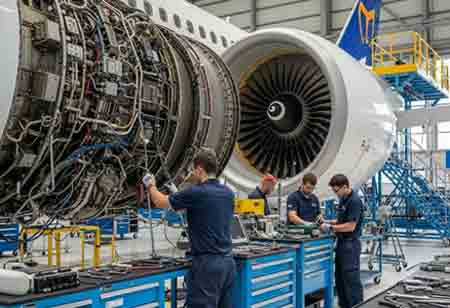Fremont, CA: Avionics systems are the foundation of any aircraft, regulating everything from navigation and communication to safety mechanisms. In avionics, test systems are critical to ensure that aircraft operate smoothly and safely. This testing is more than just addressing problems; it is also about forecasting future issues under various operating settings, ensuring the highest level of safety.
The Impact of Simulation on Avionics Testing:
Simulation plays a crucial role in testing aviation systems by offering a secure and controlled setting for experiments that would be too dangerous or costly to execute in real-world scenarios. Simulation allows testers to recreate specific events or conditions that an aircraft may encounter during operations. This lets them see how the avionic systems react under stress or failure without putting any actual aircraft at risk.
Such simulations also allow professionals to test systems at the limits of their operational parameters. Manufacturers can detect possible weaknesses or failure points in a controlled environment, allowing them to make improvements without affecting real-world performance. Besides safety, simulation reduces the cost and time needed in testing, making it the favored technique in the early stages of avionics system verification.
Crucial Stages in Avionics Testing Processes:
Avionics system testing techniques and processes are thorough and well-structured to ensure that everything is covered. This testing begins with individual components, ensuring that they meet particular technical requirements. It then moves on to integrated system testing, where the interaction of various avionic components is examined. This stage is critical for ensuring that all components of the avionic system communicate and work together properly.
During these operations, testers use various techniques and technologies, ranging from flight simulation software to hardware replicating aircraft inputs and outputs. This extensive testing method is crucial for detecting errors or issues that may impair the avionic systems' performance or reliability. Companies that recognize and solve these issues early on can save money on downtime and, more significantly, minimize potential safety hazards.
Key Safety Measures for Avionics Testing Procedures:
Safety is the foundation of avionics system testing. Industry personnel are constantly updating safety procedures and precautions to reduce dangers. One major solution is redundancy, which involves building numerous fail-safes into the system so that if one component fails, others can take over to keep operations running until the problem is resolved. Risk minimization is a top priority for testing teams. This includes doing routine checks on test equipment, adhering to safety regulations, and training teams to manage emergency situations. The use of precautionary methods, such as utilizing inert equipment to simulate operational loads safely, is increasingly becoming standard practice.
